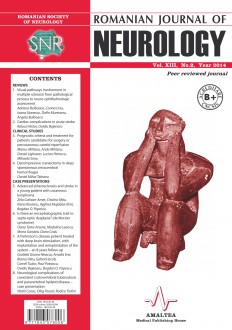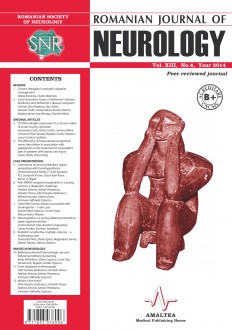SELECT ISSUE

Indexed

| |

|
|
|
| |
|
|
|

|
|
|
|
|
|
| |
|
|
HIGHLIGHTS
National Awards “Science and Research”
NEW! RJN has announced the annually National Award for "Science and Research" for the best scientific articles published throughout the year in the official journal.
Read the Recommendations for the Conduct, Reporting, Editing, and Publication of Scholarly work in Medical Journals.
The published medical research literature is a global public good. Medical journal editors have a social responsibility to promote global health by publishing, whenever possible, research that furthers health worldwide.
BALANCE ASSESSMENT USING COMPUTERIZED STATIC POSTUROGRAPHY
A. Roceanu, G. Capris and Ovidiu Bajenaru
ABSTRACT
Equilibrum is a complex process. Combined visual, somatosensory and vestibular inputs are required in order to maintain the body balance. Any dysfunction in one of these channels may lead to vertigo and imbalance.
Computerized static posturography can be used to assess the contribution of these sensory channels in the patient’s balance, calculating each sensory coefficient (visual, somatosensory, vestibular).
Keywords: balance, computerized static posturography, visual, somatosensory, vestibular inputs



